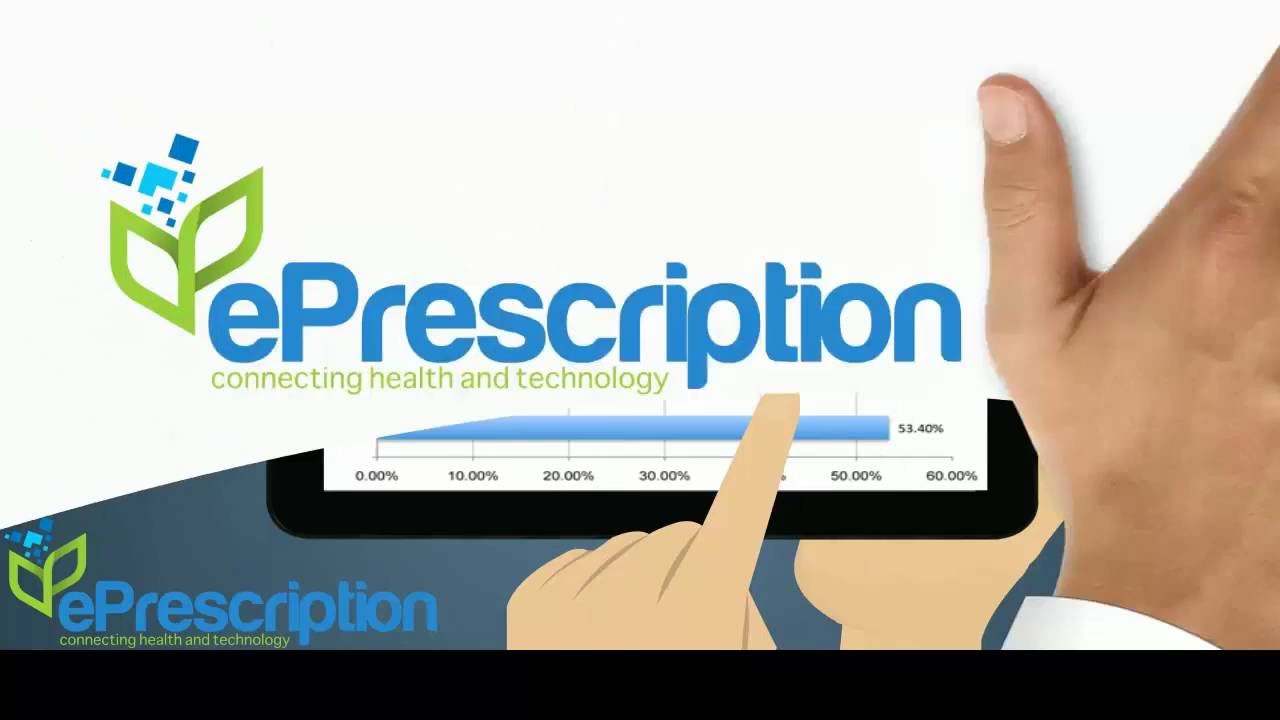

Charlie Farah, Director – Healthcare and Public Sector APAC, Qlik
When it comes to healthcare, India is a curious study in paradoxes. On one hand, the Indian healthcare industry is registering exponential year-on-year growth. Cutting-edge treatments, procedures, and technologies are available at extremely affordable prices in the country, which is also amongst the largest exporters of skilled medical workforce in the world. Medical tourism in the country is booming, too; patients from across the globe “ including those from highly-developed economies like the US and the UK “ are flocking to the country to get medical assistance, giving rise to a thriving medical tourism sector. Little wonder, then, that healthcare in India is expected to be an industry worth $280 billion by the year 2020, up from $100 billion currently, writes Charlie Farah, Director – Healthcare and Public Sector APAC, Qlik.
Turning the coin over, however, reveals a vastly different picture. India currently faces an acute shortage of healthcare resources, be it in terms of infrastructure or personnel. With the current doctor-patient ratio reportedly languishing at more than 1:2,000 at present, the country needs almost 5 lakh additional doctors on an immediate basis to satisfy the WHO guideline of having one doctor per 1,000 persons. The patient-to-medical bed ratio is probably even more abysmal; there are only 1.3 beds available for every 1,000 people, significantly below the WHO-defined benchmark of 3.5 beds per 1,000 individuals. The Indian healthcare infrastructure, to say the least, is heavily overburdened.

Future healthcare outlook: Traditional healthcare solutions wont suffice
The situation becomes even grimmer when we factor in the current rate of population growth, as well as the gradual rise in serious chronic ailments like obesity, diabetes, and cardiovascular illnesses. According to a 2015 study by PricewaterhouseCoopers (PwC), the country will need 3.5 million beds, 3 million doctors, and 6 million nurses by 2035. This means a potential investment of nearly $245 billion in the traditional healthcare delivery infrastructure over the next two decades. Given the scope of investment as well as the resource crunch that India currently faces, a more technologically-oriented approach is clearly required if the country is to overcome challenges in healthcare delivery and make high-quality medical services more accessible and available to all. This is where healthcare-centric data analytics steps into the picture.
The need for an analytics-led approach in the healthcare industry

Data is often labelled as the new oil, and not without reason. Healthcare service providers are sitting on massive pools of information that have been collated from disparate sources and saved across multiple formats and systems. This includes individual patient information generated by past medical and treatment records, wearable devices, smart sensors, and mobile apps, as well as a facility-wide overview of medical data across multiple timeframes. By combining and analysing this data, healthcare providers can derive tangible, implementable insights which can be leveraged to enable better, and faster, decision- making for all stakeholders in the medical value chain.
For example, state-of- the-art analytics tools like Qlik can help doctors by translating the patient data “ including current and past medical records, illnesses, and treatment history “ into an accessible, visual format. This not only makes diagnosis swifter and far more accurate than previously possible, but also eliminates the need to conduct multiple expensive tests, bringing down the cost of patient care as well as the average hospitalisation duration. The treatment plan can be also designed according to individual patients tolerance to different medical procedures and previously documented allergies/reaction to certain drugs, thereby minimising the chances of medical error and avoiding unnecessary complications.
Let us look at how a large hospital in Europe used data analytics to improve healthcare delivery. Having deployed Qlik as a part of its value-based care programme, the hospital was able to identify considerable variations in the lengths of stay for patients. This information aided in the formulation and implementation of standardised best practices across the hospital, which in turn reduced clinical variation in orthopaedic procedures. The insights enabled through Qliks innovative platform not only allowed the hospital to register a 17% decrease in reoperation rates, but also freed up resources to drive a 44% increase in the number of operations performed. As a result, patient waiting times on average decreased by 50 days, while the cost of end-patient care was also reduced by 15%.
Another area where data analytics can assist the Indian healthcare industry is in adopting a more proactive approach through predictive analysis. Patient data can be used by medical practitioners and healthcare providers to predict possible medical risks to their patients. This information can aid them in designing and implementing highly personalised remedial recourses which can prevent the need for seeking medical treatment in the first place, increasing the quality of life in India and easing the overall burden on the countrys healthcare infrastructure. Such a data-led approach can assist in improving the early diagnosis capability for difficult-to- detect ailments, such as congestive heart failure and cervical cancer. Medical and healthcare players can also leverage predictive analysis to visualise patient inflows during particular time intervals and identify the resource requirements for optimum deployment; a group of hospitals in Paris under the Assistance Publique-H´pitaux de Paris is already crunching historical as well as current data from internal and external sources to project patient trends at each centre.
Most importantly, healthcare-related data analytics solutions can help in minimising the cost to service providers by taking into account various data sets across functions such as finance, operations, and clinic management to generate detailed insights into their day-to-day functioning and analyse key parameters such as revenue generation , staff productivity and resource utilisation. Having visibility over this information can help them make strategic decisions that can optimise revenue streams, resource deployment, service delivery and eliminate low-value care practices. The benefits of reduced costs can then be transferred onto the patient, thereby making healthcare services more accessible to patients across social and economic brackets.
Take, for instance, the difference data analytics made to Sydney LHD, a leading Local Health District in New South Wales employing more than 10,000 staff. It deployed Qlik to combine and analyse financial, operational, and clinical data from disparate sources and make them available to all stakeholders across value chains. The intuitive and timely access to accurate data thus enabled provided greater insights into performance trends and opportunities for service improvement, as well as the impact of changes in policy and organisational infrastructure on the delivery of healthcare services. This allowed for more accurate decision-making and drove greater engagement within the workforce through data. So rather than using data to report what happened, the District is now using the analytics and insight to determine why it happened and plan for what is likely to happen in future, Given the critical role that data analytics-led solutions can play in driving large-scale transformation for the Indian healthcare industry, it becomes imperative for everyone “ from the government and service providers to doctors and patients “ to push for a data-led culture in the sector.
The need of the hour is to drive better efficiency and facilitate optimisation to deliver higher-quality, more accessible medical services. Adopting a data-driven approach can help in achieving these aims, whilst adding immense value to all stakeholders in the healthcare supply chain.
Be a part of Elets Collaborative Initiatives. Join Us for Upcoming Events and explore business opportunities. Like us on Facebook , connect with us on LinkedIn and follow us on Twitter , Instagram.











